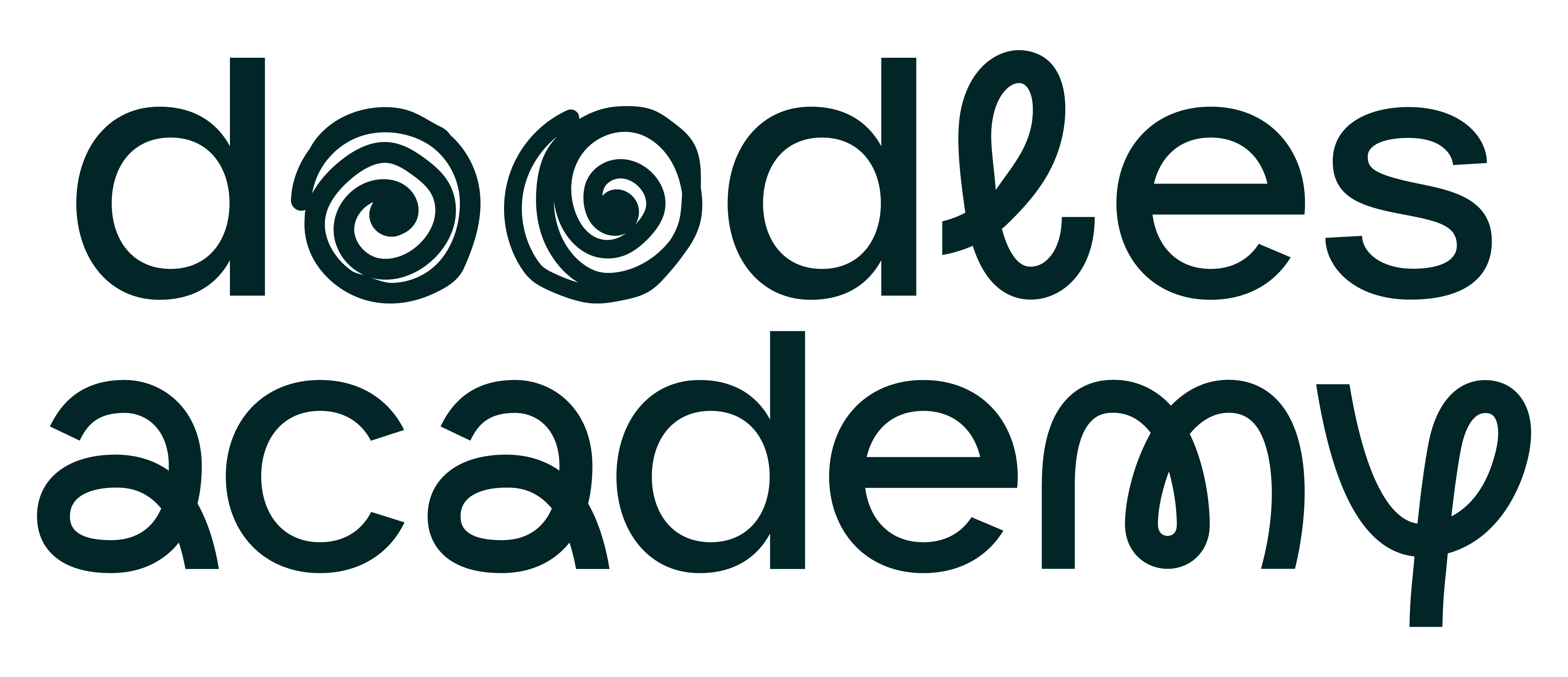A Practical Guide to Earth Art at School
Here are some ideas to get you started on interweaving science and art in your schoolyard.
By Eleva Potter
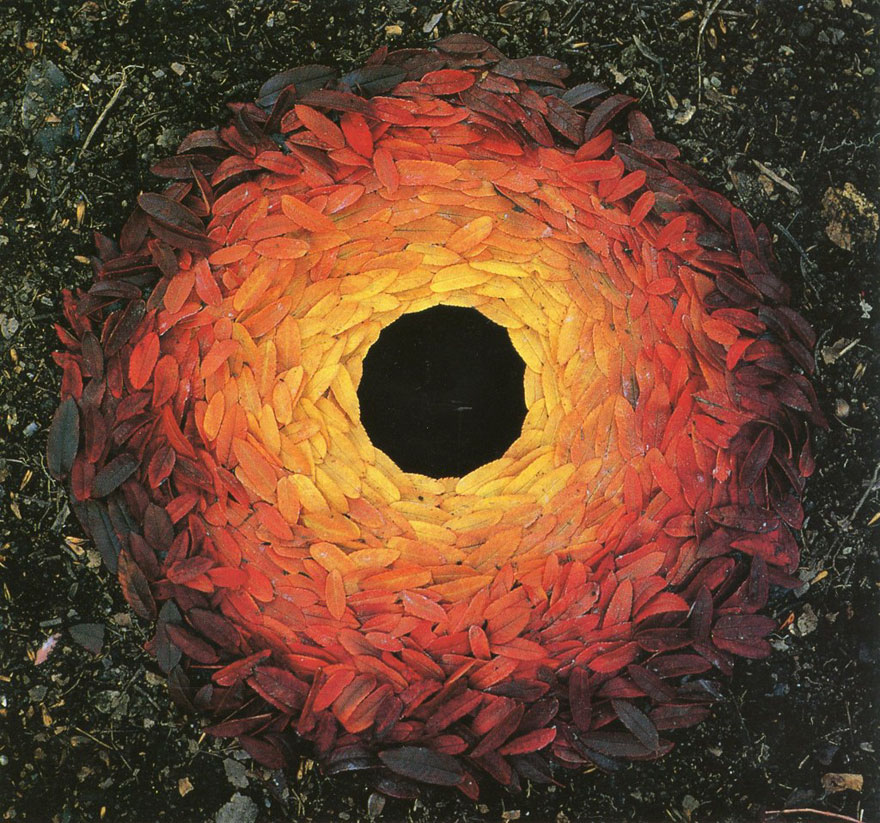
I love interweaving art and natural materials, especially when I can get kids outside to explore an interdisciplinary lesson with science and art. Earth Art, for example, provides the perfect platform to meld the two.
I am a former high school teacher; I currently work as both an environmental educator and an art educator, and I work with kids ranging in age from Kindergarten to High School. I approach Earth Art slightly differently depending on the age I am teaching.
Younger Elementary:
For younger students, I often focus on the work of Andy Goldsworthy to introduce Earth Art. Andy Goldsworthy is an artist who repurposes found materials to create transitory outdoor works of art.
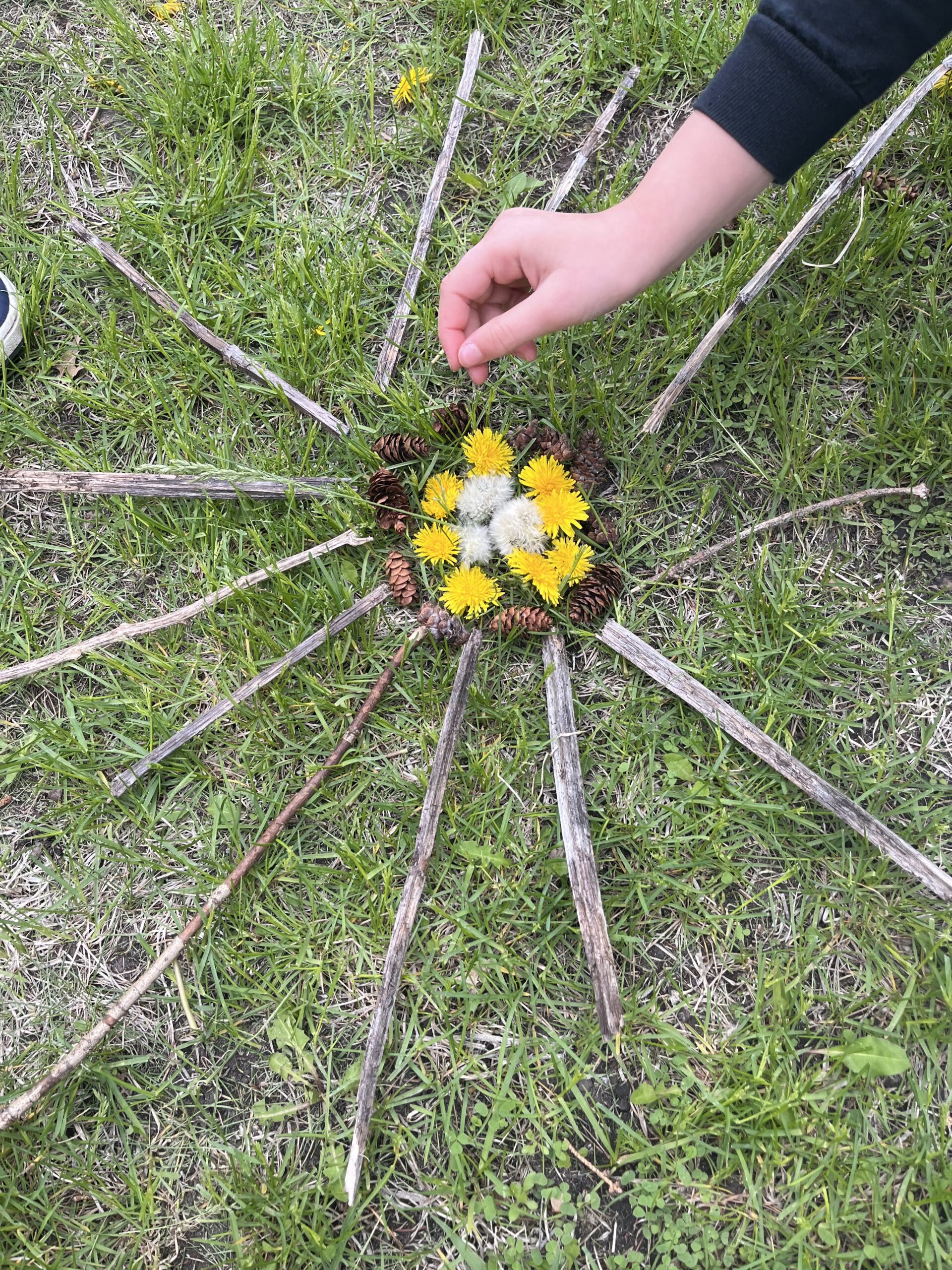
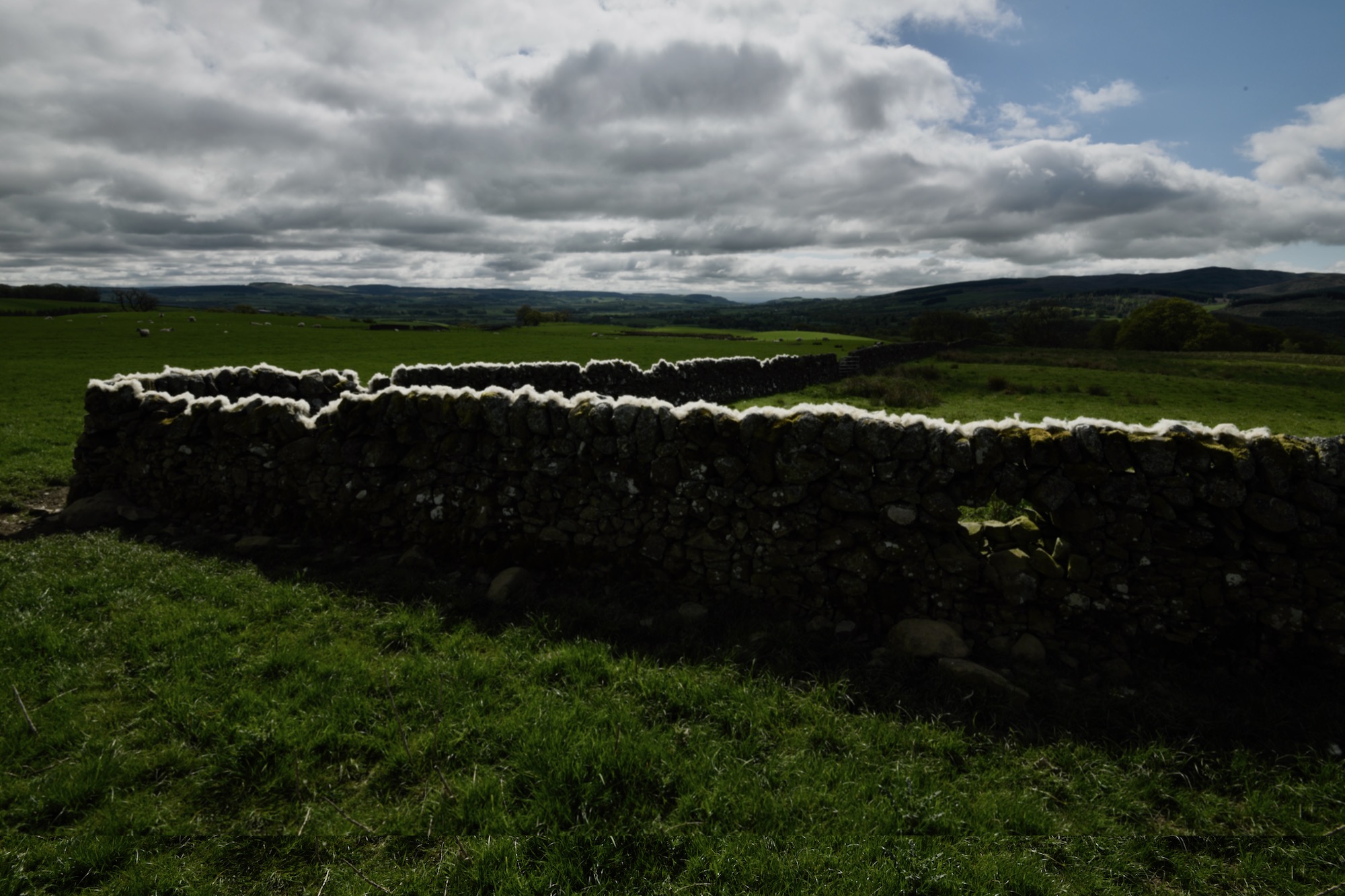
For example, this piece is a line in a field made of shedding from sheep that he collected from other nearby fields.
I use his art to launch conversations around the color, shape and texture of everyday items we can find outside, such as leaves, rocks, pine cones, flowers, etc. Students can be asked to look for different colors, textures, and shapes like a scavenger hunt and can also create pieces that are gradients of just one color or shape.
After exploring natural materials outside, I give each student the opportunity to work alone and in groups to make their own “Earth Art”.
They present their final piece to the rest of the class through an outdoor gallery walk. When I don’t have access to an outdoor space, I adapt this project by simply bringing the natural items inside for students to explore.
Upper Elementary & Middle School:
For older students, I like to focus on larger landscape artists like Patrick Dougherty and talk about their specific local ecosystems.
Patrick Dougherty is best known for his sculptures and installations built with sticks and saplings.
I use his work to cover invasive species identification. Students will need to harvest many plants to complete one of two project ideas, and knowing invasive species allow them to do so without affecting the health of the local ecosystem.
Once students have collected a large assortment of invasive plants, I typically have them do one of the following two things:
- Blend the plants to make homemade paper
- Weave the plants into Earth Looms
I’ve included the step-by-step process below for teachers interested in trying these projects with their own students.

Project Intructions:
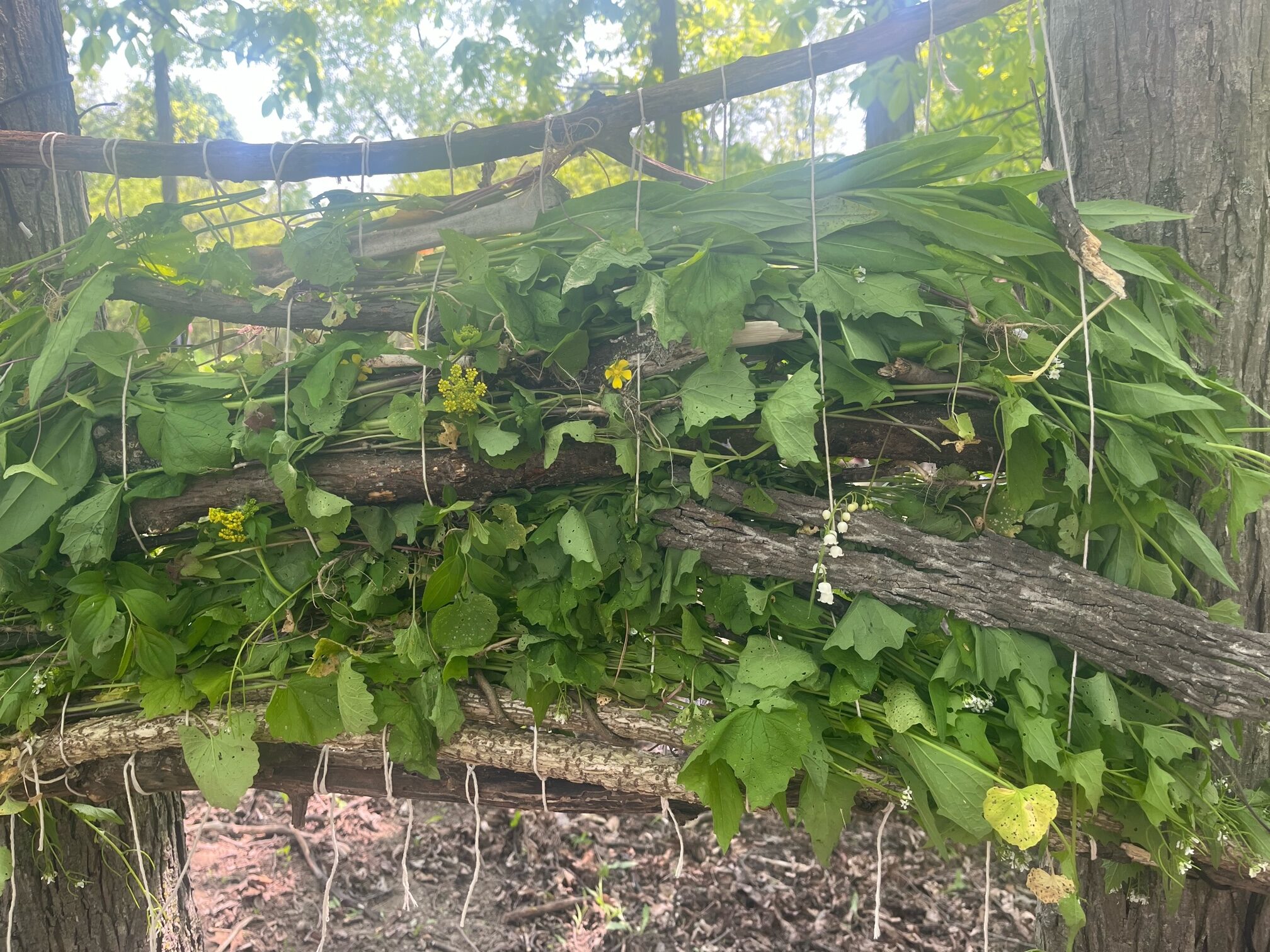
Invasive Species Paper:
- Blend soft invasive plants like Garlic Mustard with other fibers like paper or dryer lint and ample water.
- Spread out on screens as thinly as possible and allow to dry overnight.
Experiment with different invasive species to make a variety of colors.
Earth Looms:
- To create looms in a grove of trees, start by tying large sticks to two close trees for the frame of your loom.
- Use string or twine to tie together sticks every inch or two for the warp.
- Weave the invasive plants between the pieces of string like weft.
You can add color and detail with flowers, pine cones, and even animal bones you may find!
Outdoor art is a very engaging way to introduce STEAM lessons and get students moving.
With any outdoor lesson, a little preparation goes a long way. Before you begin, I recommend scoping out your schoolyard first to look for common invasive species. Then decide where would be a nice open space to display the art and identify any hazards you could run into. In particular, be mindful of harmful plants like poison ivy and know when it is tick season. Remember, the earth without art is just — eh!

Eleva Potter
Eleva Potter has been an outdoor and environmental educator for over 10 years and has a Master of Environmental Education from the University of Minnesota – Duluth. She is passionate about interweaving art and nature, and growing students’ connection to their place.
